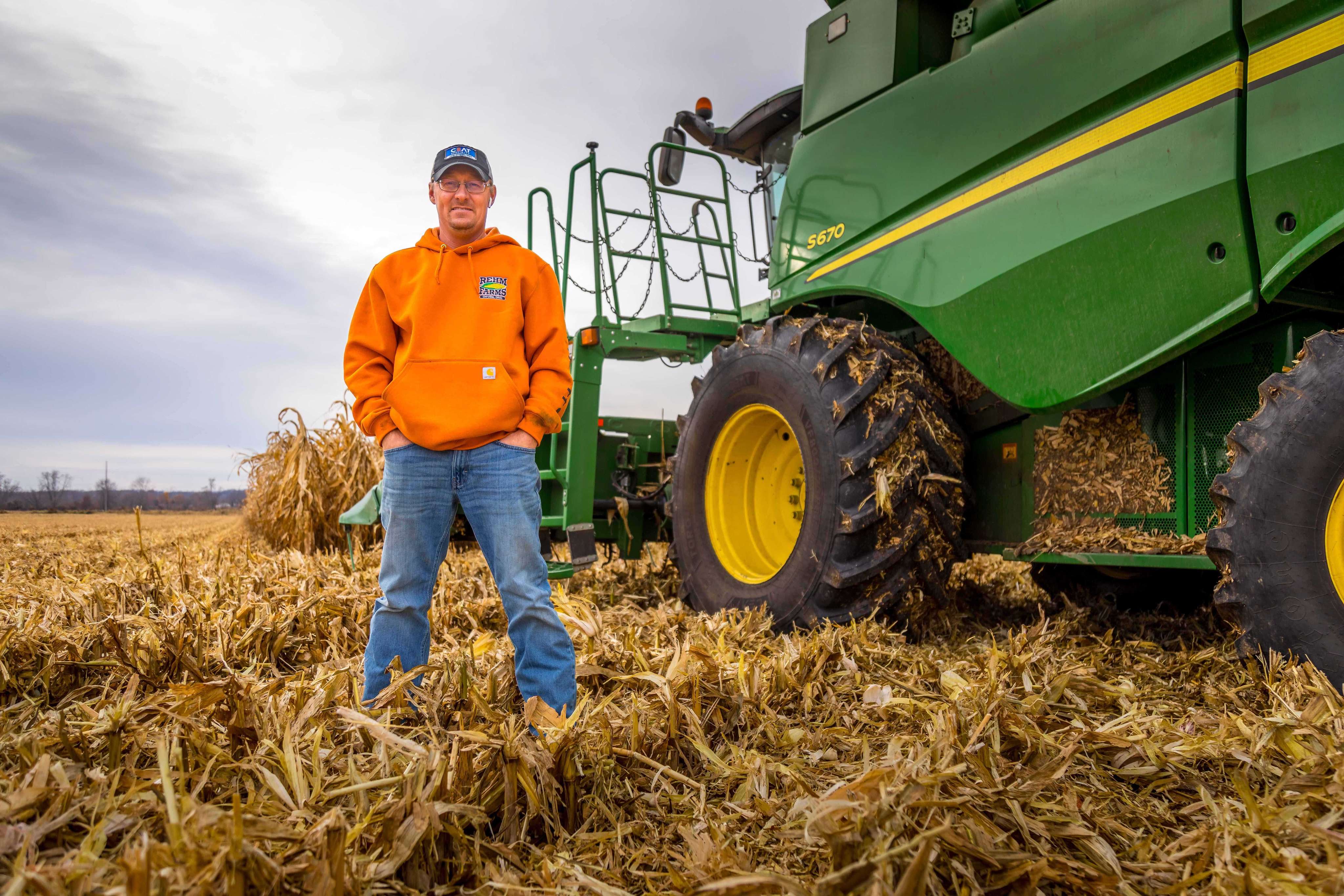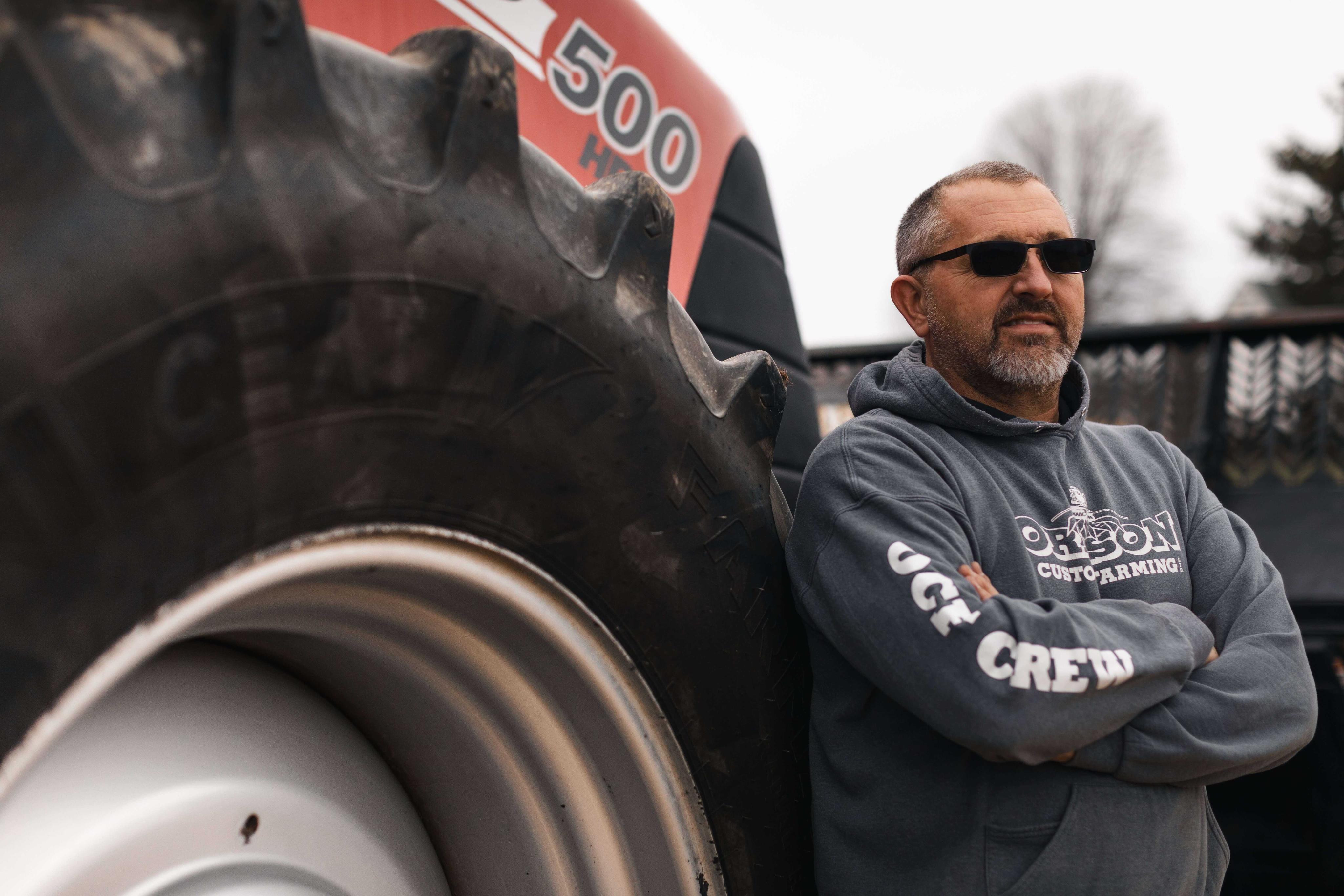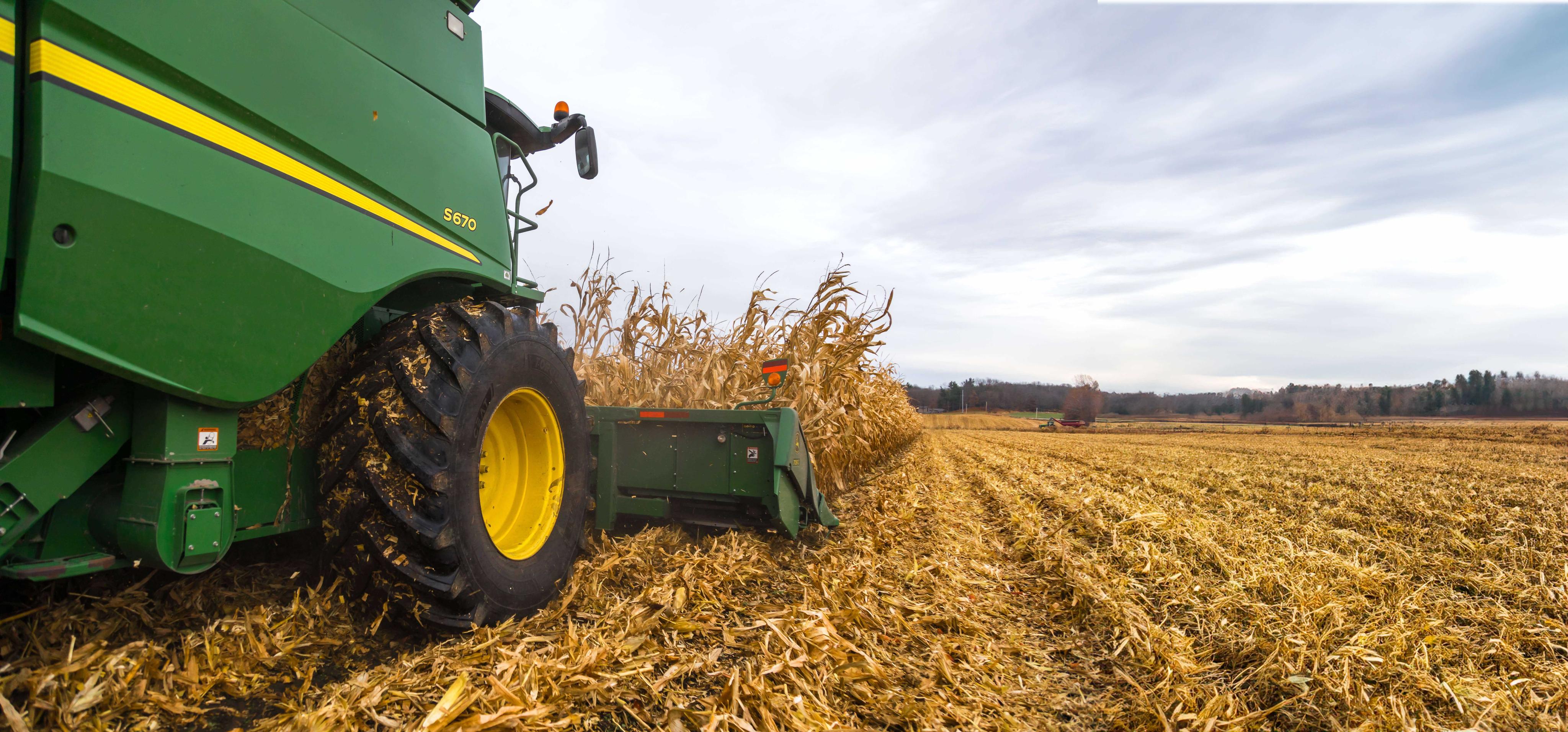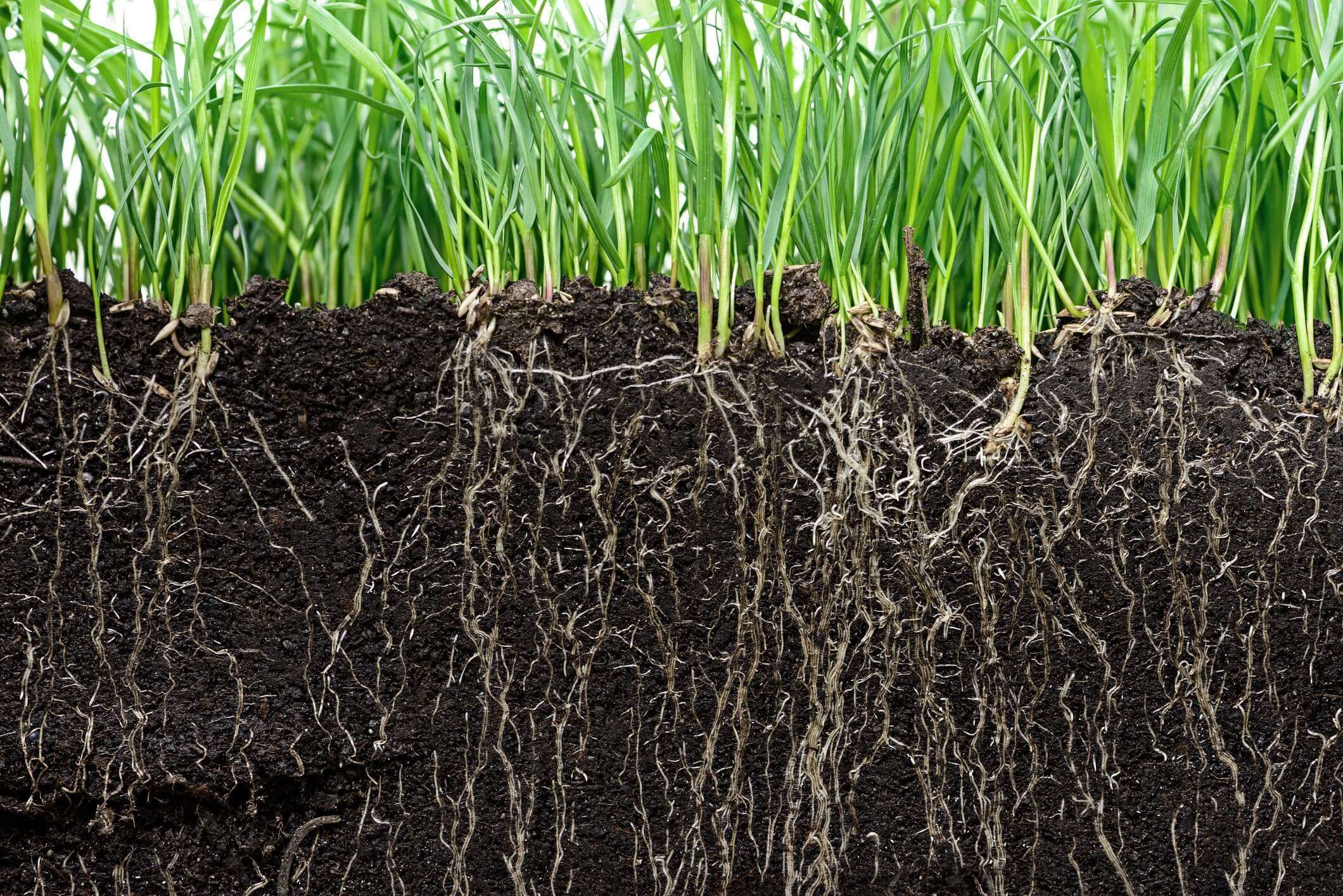ceat-speciality:blogs-tags/all,ceat-speciality:blogs-tags/farming-advice
How to Measure for Soil Compaction
Mon, 25 Nov 2024 | PRODUCTS
Someone once said the only farmer who doesn’t have soil compaction in his field is the one who never looks for it.
This quote captures a critical truth about soil health. Soil compaction is something that can be easily overlooked, especially in fields that are regularly cultivated or heavily trafficked by machinery. Agronomists and soil scientists often emphasize the importance of being proactive in looking for signs of compaction because, once it's present, it can be hard to reverse without significant intervention.
Compaction typically occurs when soil particles are pressed together too tightly, reducing pore space for air and water. This makes it harder for roots to grow and for soil organisms to thrive. It's not always immediately visible, and symptoms can vary—stunted crop growth, poor drainage, or areas where water ponds are often early indicators.
Regularly checking for compaction, especially at different soil depths, is essential to maintain optimal conditions for plant growth. Some common methods for detecting compaction include digging test pits, using penetrometers to measure soil resistance, or even just watching how soil behaves under different conditions.
Finding soil compaction
To find soil compaction, take a tile probe to the field and poke it into the ground at various locations. If it meets resistance, often a few inches below the surface, that is likely soil compaction,
Or you can borrow or invest in a soil penetrometer, which is a steel rod much like a tile probe, but with a gauge attached to it. The harder you must push to get the probe into the ground, the higher the soil compaction reading. Most register in green, yellow and red zones, with yellow and red indicating soil compaction building up.
While weather during the growing season plays a big part in determining if you will see much effect from soil compaction, especially in soybeans, compacted layers likely still exist, even in wetter seasons when the impact on growth is less pronounced.
The right tires will help
Tires can play a significant role in mitigating soil compaction. Recognizing the urgency of addressing soil compaction, CEAT Specialty has emerged as a leading tire manufacturer in developing innovative solutions to mitigate this threat.
Because farm machinery is getting heavier all the time, CEAT Specialty is developing more and more Ag tires like the Spraymax with VF (very high flexion) and IF (increased flexion) technology. One of the most important developments in farm tires in recent years, VF tires have the ability to carry 40% more load or the same load with 40% less pressure. The gentler footprint of the Spraymax VF, designed for self-propelled sprayers, translates into less soil compaction and crop damage.












